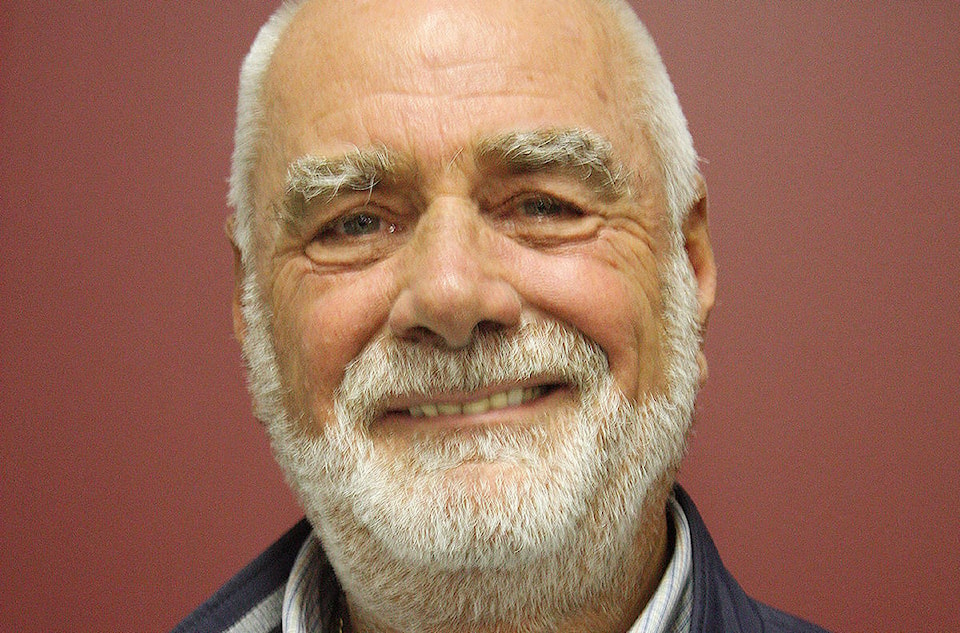By Klaus Kuhn
Re: CVRD Water Management Plan
Some months ago, a questionnaire was produced by the CVRD where participants were asked to respond to questions like: Are you concerned about the quality and quantity of our water? Naturally, water is such a motherhood issue, just about everybody replied positively. These replies are now used to present the local taxpayers with a new comprehensive, integrated Water Management Plan. There have been presentations at various locations, you might have seen one of them.
Included in this proposal for a new Water Management Plan are the following items:
• Surface and groundwater monitoring, technical team support, public education, water balance and master plans $490,000
• Updated land use and engineering plans, policies and best practices, development of developmental standards $350,000
• Technical drinking water and watershed committee, technical support, drinking water team, training $210,000
• Coordinate and support volunteers, grants to ENGO’s (CWB, Shawnigan, Stewardship Roundtables) $325,000
• Master Plan support (south, central, western, northern) on rolling basis, ongoing compliance monitoring $320,000
• Mapping and analysis, surface and groundwater protection $200,000
• Updated mapping of flood zones and other hazard lands $360,000
• Capital works funding to set aside large infrastructure needs $170,000
This plan deals primarily with “soft costs”, only a small amount is set aside for infrastructure improvements.
As outlined in the staff report to the regional services committee Nov. 29, 2017, “Based on advice and ongoing dialogue with both internal and external agencies as well as consultants, it is recommended that an integrated and cross functional approach be taken to develop a more strategic basis for future planning, resulting in a deconstruction of existing financial and administrative silos”.
Taking down silos? Really? I have heard that expression so many times at planning meetings, it is such an overused phrase. Integrated and cross functional approach? When I asked at that meeting: “What is the benefit for the local taxpayers?”, I did not get a straight answer. I was told that there will be improvements in efficiency and better control, streamlining of services.
In my books, if you make something more efficient, you are either going to save money or you get more for your money. That is the whole purpose of increased efficiency. Instead we are asked to OK a $2.5 million increase in taxes, which will amount to an increase in the tax requisition of $15 per $100,000 assessment value.
This new Water Management Plan is not about efficiency, it is all about control and centralization. The question is, is so much more control really needed? Is this just adding another layer of bureaucracy?
As far as the western Valley is concerned, there is no need for better control or streamlining. Our water systems are standing on their own. Area I has several very productive wells. Despite all the fear mongering, we never had a shortage of water and our water is clean. Honeymoon Bay has recently been hooked up with a “gusher of a well”. Lake Cowichan is presently installing a new water treatment plant, which will purify the lake water, and there is plenty of it. There is no need for further consolidation or oversight or control. Our users pay for the systems, which are well looked after. This, by the way, applies to most of the other water systems as well.
The “White Elephant in the Room”, the weir, is not being dealt with at this time, although the implied need for an increase in storage capacity was the spark that started the whole discussion about water.
Instead, Catalyst has applied to the B.C. government to be allowed to draw down the lake level to 23 inches (57 cm) below zero storage. Since the lake has never been that low, there could be some unaccounted difficulties and challenges for people with boats or docks around the lake. I suspect the hope is that lake shore property owners will be more amendable to a higher weir after having faced these challenges.
Right now, the CVRD is just dealing with the frills. Expensive frills, an expensive detour. The trail of these frills will eventually lead us to the White Elephant. Then there will most likely be additional requests for funding by way of tax requisition.
Following approval by the CVRD board and further discussions with the public, this new Water Management Plan will most likely be presented as a referendum at the next local government election. This could very well be the proverbial “watershed” for the CVRD as well as for the local taxpayers. Voter consent to this plan could be understood by the CVRD as a signal to open the flood gates for further tax increases. Social housing, regional recreation, regional grants-in-aid are endeavours next in line for increases in tax requisition.
There is a never-ending need for funds. Local governments have almost been eager to take over some of the responsibilities that the senior governments neglected. But there is a limit to burdening property owners with ever increasing tax requisitions.
Meanwhile, that White Elephant is still standing in the room and everybody is dancing around it.
Klaus Kuhn is the CVRD director for Area I
